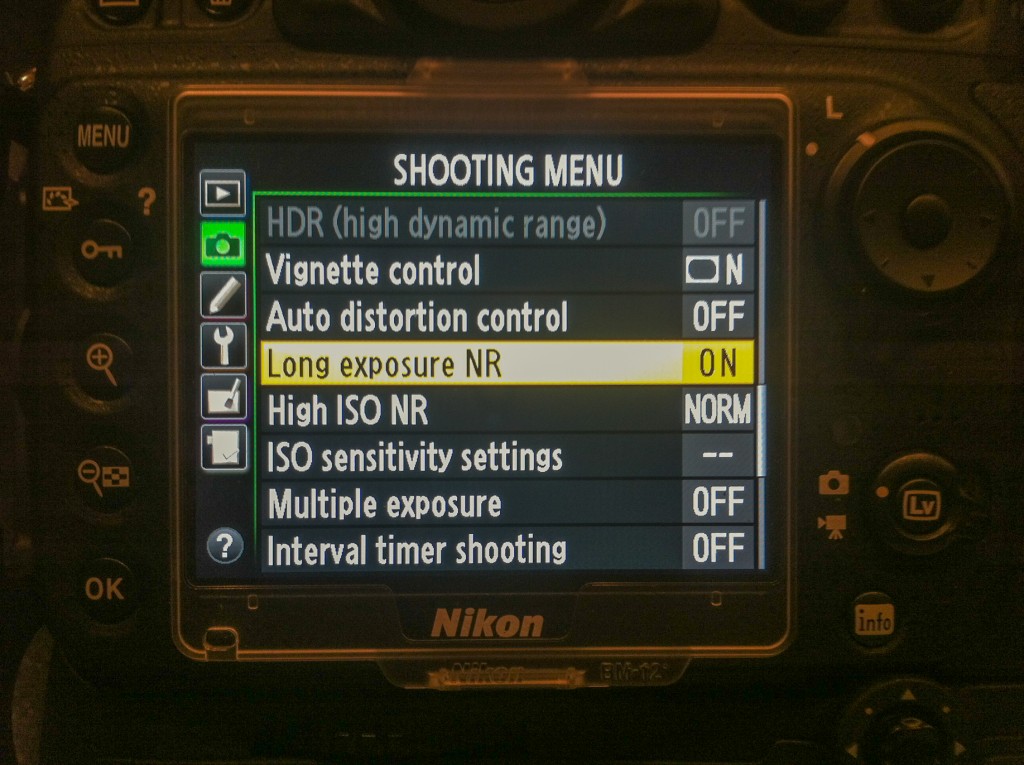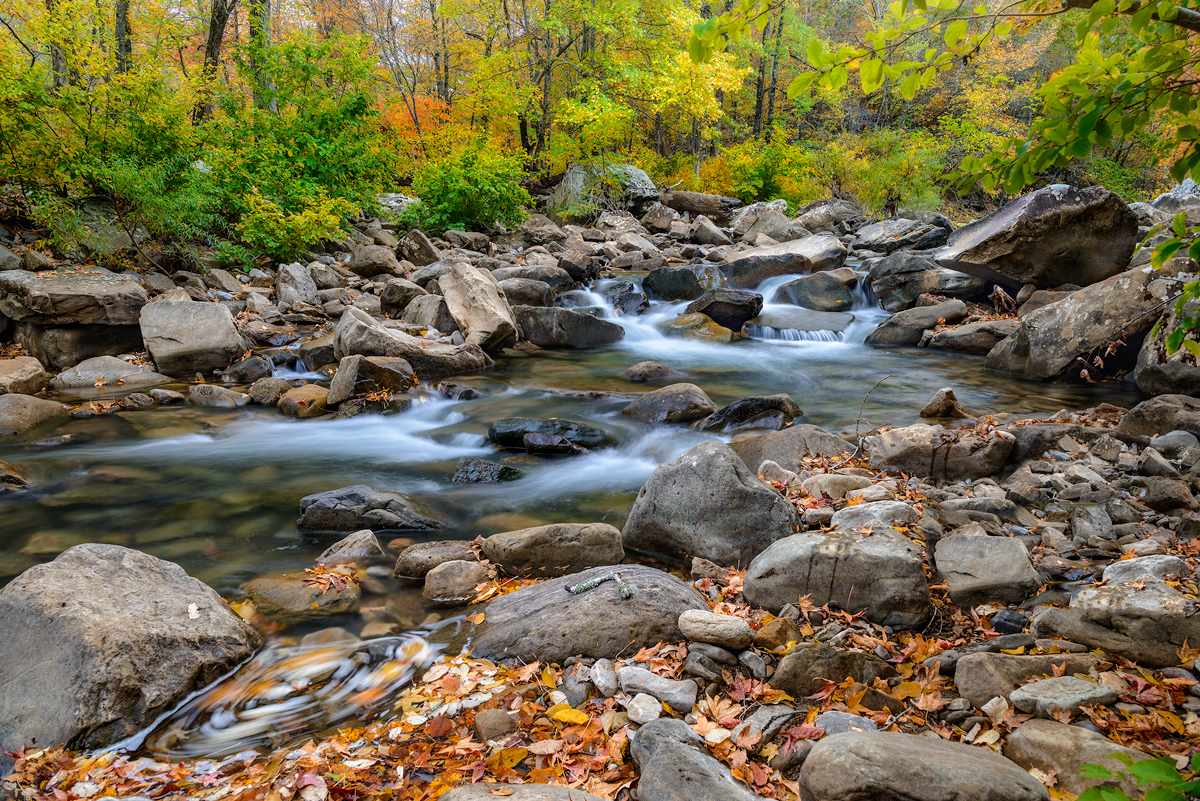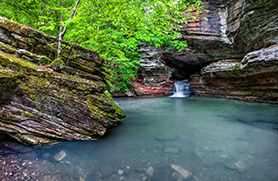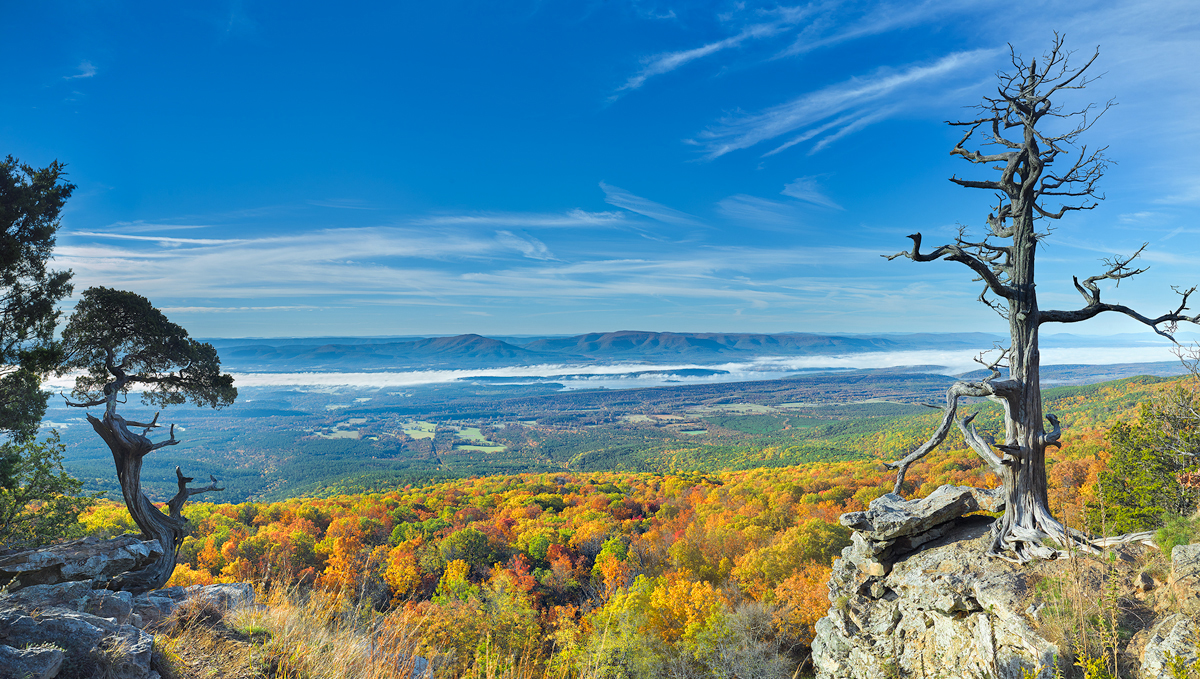While working in the woods over the past week, I was finally able to work with the long noise reduction settings on the Nikon D800e. Long noise reduction can be a very important feature on any digital camera, since most sensors will generate more noise the longer they are left on in an exposure. You can also pick up “stuck” pixels when you leave the sensor on for periods longer than 5 seconds. Stuck pixels will appear as solid red, blue green or pure white when you view the image. Depending on the age of the camera and the overall time of exposure, stuck pixels can potentially ruin an shot. Noise tends to be more a factor of overall heat, so again the longer a sensor is running taking a single exposure, the more heat can be generated creating noise, also the ambient can play a role in noise. If you are working in outdoor temperatures great than 60 degrees F and high humidity, then noise will then to be a bigger issue.
The best way to reduce stuck pixels is to shoot a “dark frame exposure” for the exact same time as the previous exposure. You shoot this by leaving the lens cap on the lens and then recording a totally dark frame. All the pixel information should be black so any stuck pixels can be mapped out since they will show up with either color or pure white.
Most modern digital cameras will do this process automatically by writing a dark frame after the exposure. The camera will do the actual comparison and then map out the stuck pixel data. As you can see in the picture at the top of the post, there will be a specific menu setting for this, allowing you to toggle it on or off. Now here is the rub with the D800 series.
If you set long noise reduction to “on”, then the camera takes the dark frame but you are in essence locked out doing anything else for the duration of the dark frame. So if you take a 20 second exposure, then after the first exposure you will have to wait for another 20 seconds while the dark frame is written. You will see a message on the LCD blinking while the dark frame process is working. While this process is running your camera is disabled from shooting anything else. This doubles your wait time and that can be a huge disadvantage when you are shooting in waning light. Most cameras allow for a dark frame exposure from exposures ranging from 1 second or longer.
This issue totally surprised me coming from Canon as they have allowed the dark frame process to run in the background and thus freeing up the sensor for additional photography. Canon will eventually buffer out, but not right away. I have often been out taking a series of long 20 to 40 second exposures with a Canon body and not hit the buffer. You can tell the camera is still working in the buffer since the red “writing to card” light will still be on.
Instead with the Nikon D800 you will be forced to wait for each exposure longer than 1 second. Is this a huge deal, well it depends. For me it is. In landscape work, I trend towards longer exposures when working creeks in my home state. Often times you are fighting winds and bad light so when the magic moment comes and you can take the exposures, having to wait an additional period of time after every exposure can be a big hindrance, enough that you might miss the shot. Take an example where you are shooting a panorama of 5 second exposures, and waiting the extra 5 seconds between shots can really ruin the sequence.
Overall I am surprised that Nikon has taken this approach on long noise reduction. To me this is a very basic approach and does not use any modern buffering process. Canon figured out how to do this with the 1ds MKII and from that camera forward it’s been in the design. I have spoken to a few other Nikon users and it appears that the older camera models from Nikon also use this same process of locking out the photographer while the dark frame is written.




Recent Comments